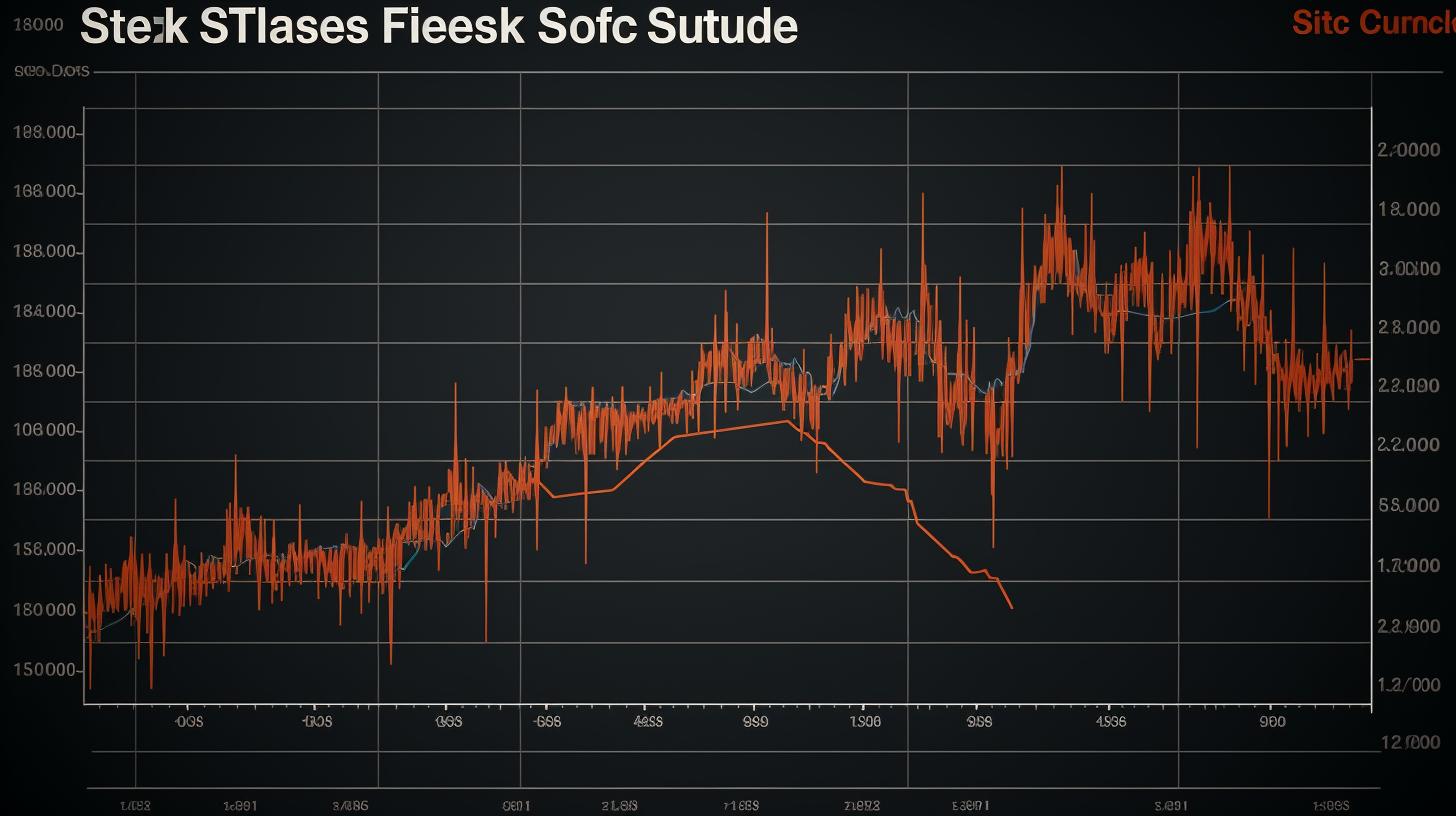AI Improves Diabetic Eye Exam Completion Rates in Youth
Recent research indicates that autonomous artificial intelligence (AI) can significantly increase screening rates for diabetic eye exams in youth with diabetes, thereby closing care gaps among a racially and ethnically diverse population. The study, called the ACCESS randomized controlled trial, demonstrated that AI technology can help identify more individuals who need follow-up evaluation and prevent the progression of diabetic eye disease. The lead author of the study, Dr. Risa M. Wolf, a pediatric endocrinologist at Johns Hopkins Children’s Center, highlights the potential of AI to improve health equity and access to care for patients with diabetes.
Study Finds AI Increases Screening Rates for Diabetes
Screening and early detection are crucial in preventing the progression of diabetic eye disease. However, various challenges, such as limited access to healthcare and a lack of education, have resulted in a care gap for a significant portion of the 34 million Americans with diabetes. These gaps disproportionately affect racial and ethnic minorities and under-resourced communities, leading to worse outcomes and a higher prevalence of diabetic eye disease within these populations. The adoption of AI and telemedicine technologies has significantly improved early detection rates, but autonomous AI systems for diabetic eye disease represent the next frontier in screening capabilities.
Autonomous AI Closes Care Gaps in Diverse Youth Population
The ACCESS trial, a parallel randomized controlled trial, focused on youth with type 1 and type 2 diabetes who were eligible for diabetic eye disease screening according to the American Diabetes Association guidelines. The trial aimed to determine whether autonomous AI diabetic eye exams at the point-of-care would increase completion rates among a racially and ethnically diverse youth population. The trial participants were divided into two groups: the intervention arm, which received autonomous AI exams, and the control arm, which received scripted eye care provider referral and education.
Diabetic Eye Exams: AI vs Standard Care
Findings from the ACCESS trial revealed that the completion rate of diabetic eye exams within six months of randomization was significantly higher in the intervention arm (100%) compared to the control arm (22%). This difference in completion rates led to a closure of the care gap by 78% in the intervention group. Importantly, no statistically significant differences were observed based on race, ethnicity, socioeconomic status, or education. Autonomous AI-based screening demonstrated a higher follow-through completion rate with eye care providers (64%) compared to standard care (22%).
Autonomous AI Advances Screening for Diabetic Eye Disease
The high satisfaction and acceptance rates reported by the participants in the ACCESS trial suggest that this racially and socioeconomically diverse patient population is comfortable with AI conducting their diabetic eye disease screenings. Autonomous AI did not introduce health disparities in care-gap closure, highlighting its potential to address the barriers to access and education that have traditionally hindered screening rates for diabetic eye disease. This research underscores the promise of AI technology in improving health outcomes, enhancing equity, and preventing the progression of diabetic eye disease.
Analyst comment
Positive news. The use of autonomous AI technology in diabetic eye exams has significantly increased screening rates, closing care gaps among a diverse population. This technology can identify more individuals needing follow-up evaluation and prevent the progression of the disease. Market-wise, there is potential for growth and adoption of AI in healthcare, improving health equity and access for patients with diabetes.













